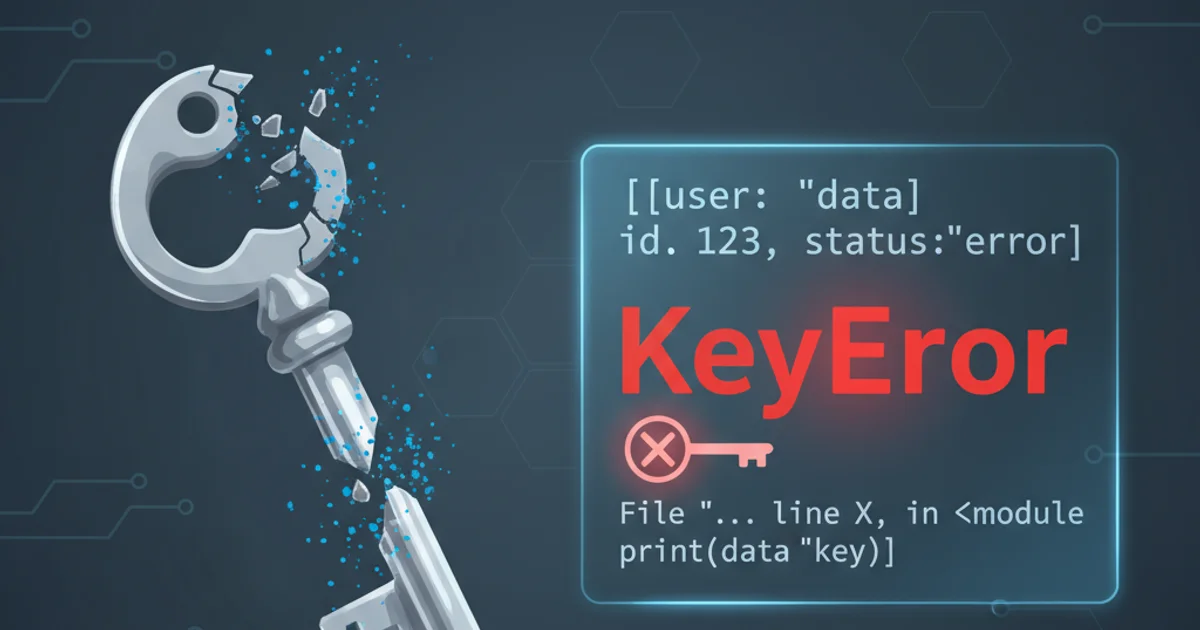Accessing R history from R code
Categories:
Accessing R History from R Code: A Comprehensive Guide

Learn how to programmatically access and manipulate your R session history, enabling advanced scripting, debugging, and reproducibility.
R, a powerful language for statistical computing and graphics, maintains a history of commands executed in a session. While often used interactively, there are scenarios where programmatic access to this history becomes invaluable. This article delves into the methods for retrieving, filtering, and utilizing your R command history directly from within your R scripts, enhancing your workflow for debugging, auditing, and creating reproducible research.
Understanding R History Management
R's history mechanism records commands entered at the console. By default, this history is saved to a file named .Rhistory in your working directory when you exit R, and loaded when you start a new session in the same directory. This allows you to recall previous commands using arrow keys or specific functions. Programmatic access extends this utility, letting you analyze past actions or even re-execute them under controlled conditions.
flowchart TD
A[R Session Start] --> B{Load .Rhistory?}
B -->|Yes| C[History Loaded]
B -->|No| D[New History Created]
C --> E[Execute Commands]
D --> E
E --> F[Commands Added to History]
F --> G{R Session End?}
G -->|Yes| H[Save .Rhistory]
G -->|No| ER Session History Lifecycle
Retrieving Session History
The primary function for accessing the current session's history is history(). This function, when called without arguments, prints the entire history to the console. However, to work with it programmatically, you'll want to capture its output or use related functions that return the history as a character vector.
# View the last 20 commands
history(20)
# Get the entire history as a character vector
my_history <- history(Inf, raw = TRUE)
print(head(my_history))
# Save current history to a custom file
savehistory("my_custom_history.Rhistory")
# Load history from a custom file
loadhistory("my_custom_history.Rhistory")
Basic R history functions
raw = TRUE argument in history() is crucial for programmatic access, as it returns the history as a character vector rather than printing it to the console. This allows you to store it in a variable and manipulate it like any other R data structure.Advanced History Manipulation and Analysis
Once you have the history as a character vector, you can apply R's powerful text processing capabilities to filter, search, and analyze your past commands. This can be useful for finding specific functions you used, identifying repetitive tasks, or even extracting code snippets for reuse.
all_commands <- history(Inf, raw = TRUE)
# Find commands containing 'ggplot'
ggplot_commands <- grep("ggplot", all_commands, value = TRUE)
print(ggplot_commands)
# Count unique commands
length(unique(all_commands))
# Get the last 5 unique commands
tail(unique(all_commands), 5)
# Filter out comments and empty lines (basic example)
clean_commands <- all_commands[!grepl("^#|^$", all_commands)]
print(head(clean_commands))
Filtering and analyzing R history
history() only captures commands entered at the console. Commands executed within sourced scripts or functions are generally not recorded in the session history unless they are explicitly entered interactively.Practical Applications and Best Practices
Programmatic history access opens doors for various practical applications:
- Debugging: Quickly review the sequence of commands that led to an error.
- Reproducibility: Extract a sequence of commands to form a script for a specific analysis.
- Auditing: Keep a log of commands executed for compliance or project tracking.
- Learning: Analyze your own command patterns to identify frequently used functions or areas for improvement.
While powerful, it's generally better practice to save your R scripts for reproducibility rather than relying solely on history files. History is excellent for ad-hoc exploration and recovery, but well-structured scripts are superior for long-term projects.
1. Step 1: Retrieve Raw History
Use history(Inf, raw = TRUE) to get all commands from the current session as a character vector. This is the foundation for any programmatic manipulation.
2. Step 2: Filter or Search Commands
Apply grep(), grepl(), or string manipulation functions to find specific commands, patterns, or exclude irrelevant entries like comments or empty lines.
3. Step 3: Analyze or Reuse
Once filtered, you can analyze the commands (e.g., count unique commands, identify common functions) or extract them to build new scripts or functions.